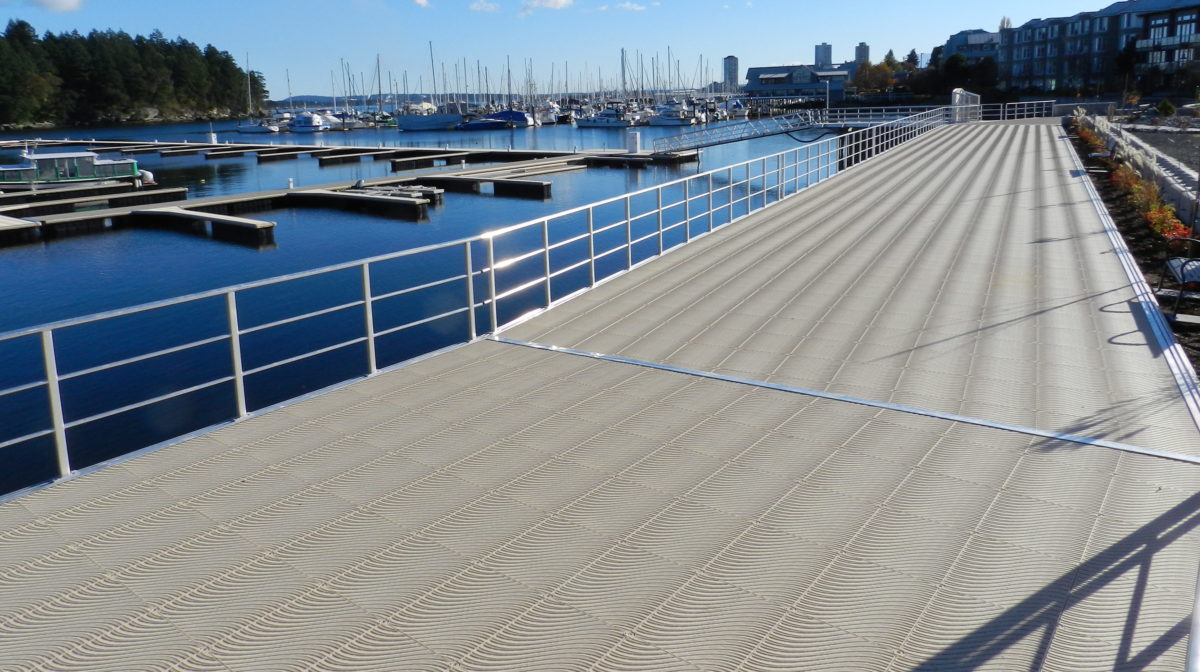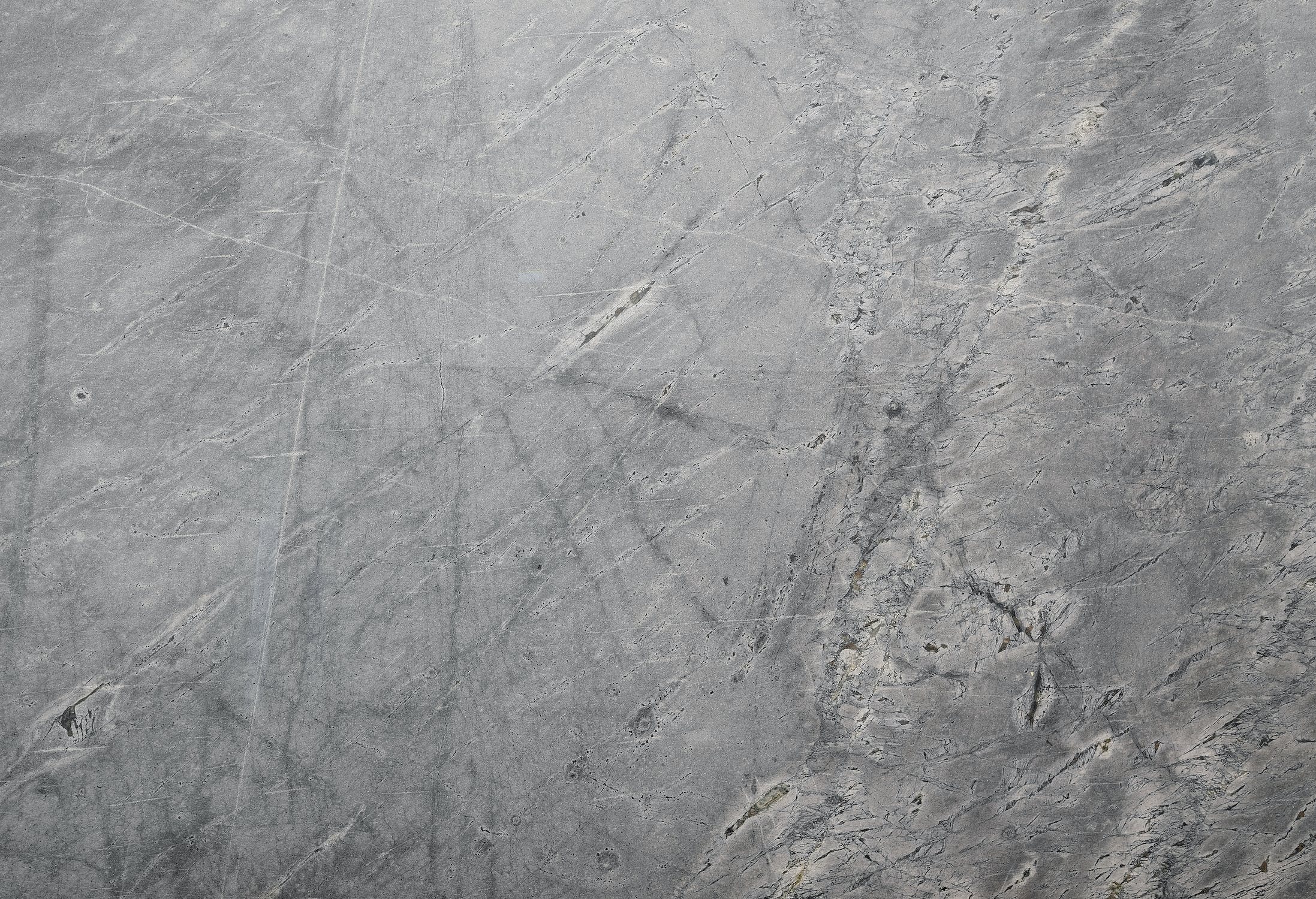What is a Floating Dock Used For?
As boating and watersports become more popular, marinas and docking facilities will need to increase their capacity to accommodate more boats. Expansion might be challenging since there is only so much space available on existing docks, marinas, and waterfront properties. Floating docks seem to be the ideal answer in situations like these. A floating dock enables you to tie up more boats, offers more people access to an area, and does not obstruct access from the beach, thus smaller beaches on lakes may still have bathing areas while accommodating a bigger number of boats or other watercraft.
Because of their location on the water, floating platforms, like other docks, have unique requirements. Consider these factors and design concepts to help you get the most out of your floating dock system.
Designing Modules
Many people consider docks and boardwalks to be one continuous structure. This may be true while constructing a typical dock. Floating docks, on the other hand, are more flexible because they must adjust to changing water levels and general movement. Smaller docks may also need to be able to be removed from the water during the off-season, and many require the ability to change the configuration from time to time depending on use and need. For these reasons, you should think of your floating docks as individual modules rather than a single huge component.
You can simply navigate your floating dock to where it needs to be, remove it from the water for maintenance or dry land storage during the winter months, or modify its design as you grow by building it in many modules, or sections.
Because floating docks are made up of a lower float with decking material on top, dealing with the size of the floats makes it simple to create them in smaller portions. Floats are available in over 40 various sizes, or you may have bespoke floats made to your exact requirements. By putting one dock on each float and connecting the docks, you may enable the docks to bend as the waves raise them and move them more readily.
Construction of the Frame
It’s easy to dismiss a floating dock as nothing more than decking placed on the tops of the floats, but there’s a lot more to it. A frame is required for every floating dock. This frame may be constructed from a variety of materials, including aluminum, wood, and fiber-reinforced concrete.
When the frame is finally dropped onto the floats, it should hug them tightly. This sort of design allows you to make repairs to the frame by removing the floats, while also providing a stable platform on which to install your decks.
Material Points to Consider
Floating docks may be made of a variety of materials, as previously indicated. This includes not just the frame and floats, but also the decking according to https://www.poralu.com/en/products/floating-docks/.
These floating constructions, like any dock, are meant to be utilized on and near water, which means that moisture levels in the region must be addressed, as well as how they will affect the materials used. The floats may be constructed of plastic, polystyrene, or fiber-reinforced cement, while the frame and decking are commonly built of wood, composites, or aluminum.
Pressure-treated wood is one of the most popular decking materials. It has a classic design that complements many marinas. When utilized in this location, however, pressure treated wood has a number of disadvantages. It may expand and contract with moisture and shrink on hot, sunny days, causing the decking to distort with time. Increased exposure to water may promote rot, algae or mold development, and even insect damage in certain kinds of pressure treated wood. If the pressure-treated wood is stained or painted, the VOCs and peeling paint or stain may be harmful to the area where the dock is located.
Aluminum and composites also have a number of drawbacks, including the ability to become heated in the sun, become slick when wet, and lack the style and adaptability of genuine wood. Aluminum also has a propensity to dent quickly and reverberate loudly when stepped on, making it a less appealing material for use in high-traffic places such as marinas. Some composites may absorb chemicals into the water over time, while composites with perforated surfaces may swell, deform, or decay more quickly.
Modified wood is a popular choice for both fixed and floating docks since it avoids many of the problems that pressure-treated, aluminum and composite decking have. Modified wood is much more suited to installations that are likely to be exposed to water. It’s also safe for the environment since it doesn’t leech dangerous chemicals into the water. As a natural wood product, it also remains cooler in the sun than metal and composite. The boards will naturally weather to a silvery-gray color over time, improving the dock’s look and enabling it to blend in better with many marinas and waterfront environments.
Building your dock and decking out of modified wood is a terrific method to prevent ongoing dock maintenance and repair while also creating something naturally attractive and long-lasting.
Design Concepts
Because floating docks are often created in conjunction with fixed dock portions, you’ll want to make sure that the floating part matches the rest of the area for the greatest outcomes.
Materials from Various Sources
Many floating docks include a border around the sides that helps to maintain structural integrity while also protecting the edges of the deck boards on top. The metal border of this long floating dock is combined with customized wood decking. The end product is modern and clean, giving the marina a professional and polished appearance.
Walkway with an Angle
Many times, a floating dock is built due to rules prohibiting the construction of a permanent building. Even though the dock isn’t permanently tied to land, it still requires access in certain situations. This large dock makes excellent use of an inclined path that leads from the property to the dock. It gives the impression that the floating dock is stationary when it isn’t.
Slips for Boats
It makes the most sense to build a floating boat slip off a permanent boardwalk or dock in certain circumstances when seasonal boat storage is necessary. For a more coherent aesthetic, the boat slips are made of the same material as the dock itself. Floating slips provide you a lot of flexibility at a marina while also allowing for simple maintenance in the off-season.
Improve Your Floating Dock
You can construct a better project that can endure years of usage by paying special attention to the structural issues and solutions that a floating dock may bring. Consider utilizing modified wood on your dock to reduce the amount of upkeep required in this damp area while maintaining a classic look and feel. Pay attention to these concerns and design suggestions while building a floating dock to get the most out of your marina, port, or private dock.



